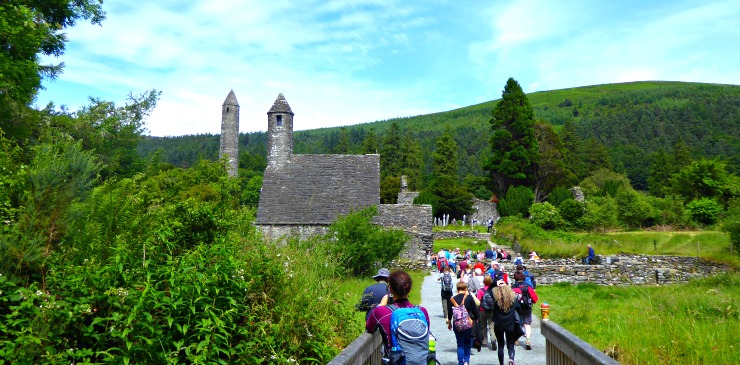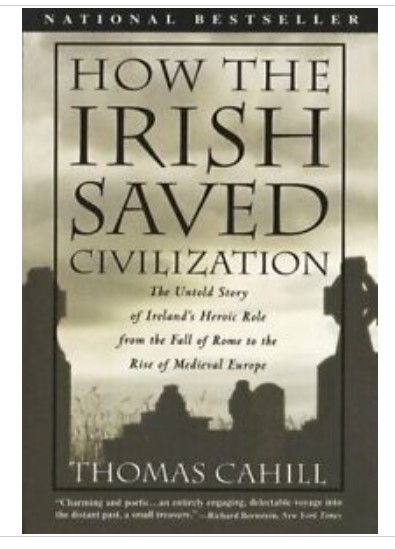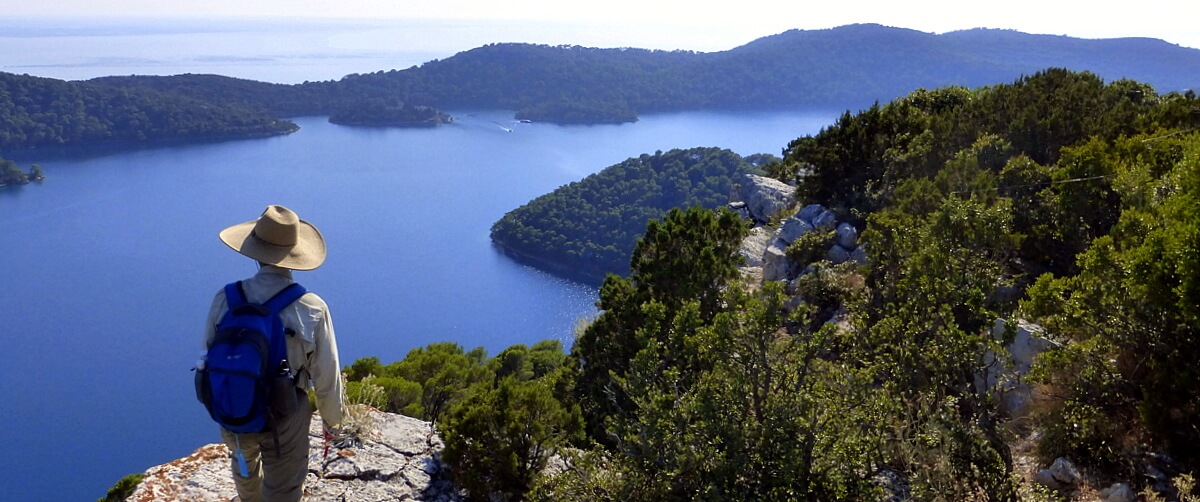
by Dan Friesen
In 2003, I spent three weeks circumnavigating the island of Ireland on the initial WAI scouting trip. As usual when visiting a place for the first time, I was intrigued by all things Irish.
The lush green of the Emerald Isle was expected but still impressive. I’ve never seen fuchsias, for example, growing in the wild and with an oversized, Jurassic-like profusion that allows them to be used as hedgerows!
Celtic history is long and colorful, full of drama and pathos and larger-than-life acts of courage and commitment. Ireland’s cultural color festoons the island like a haunting melody. Music and dance seem irrepressibly embedded in the Gaelic spirit!
Of even greater interest to me, however, was the stunning abundance of early-medieval stone structures, far surpassing anything I’d seen on the European continent. The Continent has older Roman ruins but suffers a large gap in the architectural timeline between the Roman period and the Romanesque period of the 9th and 10th century.
What I discovered was that Ireland was never part of the Roman Empire–the Romans considered it not worth their time. When the barbaric hordes finally overran Rome in the late 5th century, the lights of learning and knowledge were snuffed out and Europe descended into the Dark Ages. Ireland accepted Christianity early in the 5th century (remember Saint Patrick?), and the monasteries continued to fuel learning and education in Ireland AFTER the fall of Rome when the Continent fell into the abyss of the Dark Ages.
On my travels through Ireland, I began to hear about the strong case being made that the Irish saved civilization (or at least Western Civilization since we know that advanced civilizations were thriving at that time in India and China). In fact, a book by that name was recommended by a traveler on one of our first trips and I highly recommend it. It answered questions I had pondered like “Why did Charlemagne import Irish monks in the late 8th century to teach him and his court how to read?”, and “Why were Irish clergy involved in the founding in the thriving bishopric of Salzburg around 700 AD?”
A bigger, unanswerable question remains: “How long would the Dark Ages have last had it not been for the intervention of Irish monks?”
Monasteries and faith communities were vibrant in the centuries after Patrick immigrated from England, and remarkable architectural evidence of that fact is seen in several places on our journey through Ireland.
Ireland is much more than the enticing, verdant green landscapes; it’s more than the culturally vibrant Celtic music and dance. It has a remarkable story to tell, and the dramatic stone edifices we encounter represent just one chapter.
Here’s a link to the book by Thomas Cahill.


